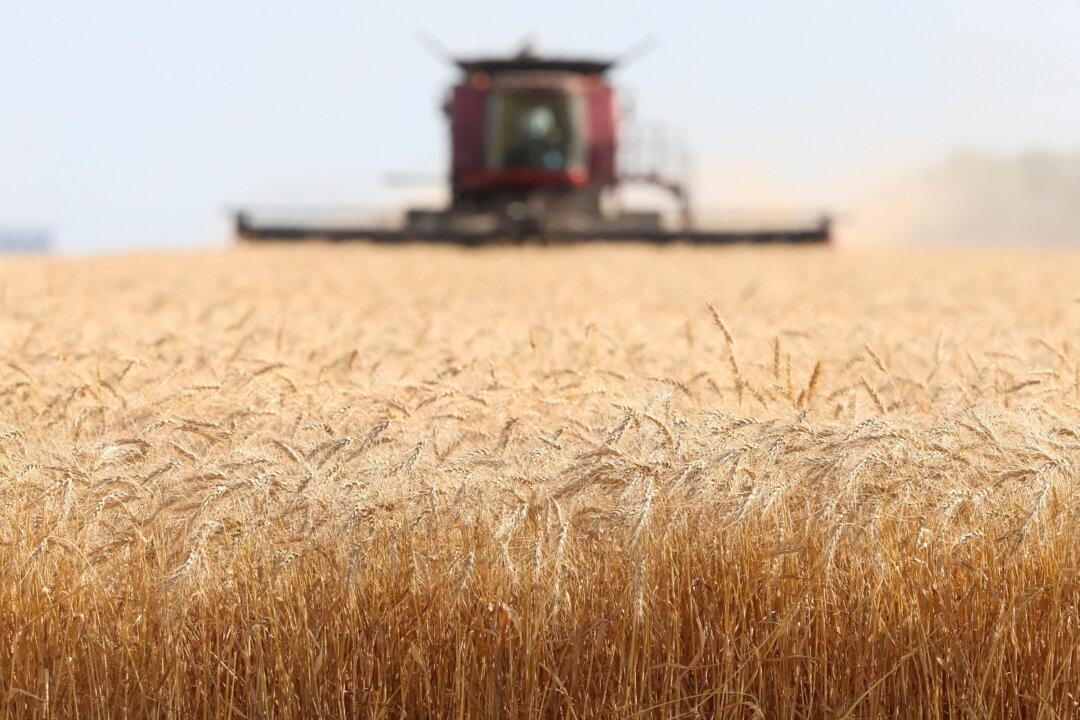WINNIPEG, Manitoba—Russia’s invasion of Ukraine, one of the world’s breadbasket nations, has driven wheat prices to 14-year highs, forcing bread consumers to eat the cost.
Russia’s Feb. 24 invasion has severely hampered trade from Black Sea ports, driving up global Chicago benchmark wheat prices by 40 percent and further pushing global food inflation that was already the highest in a decade.





